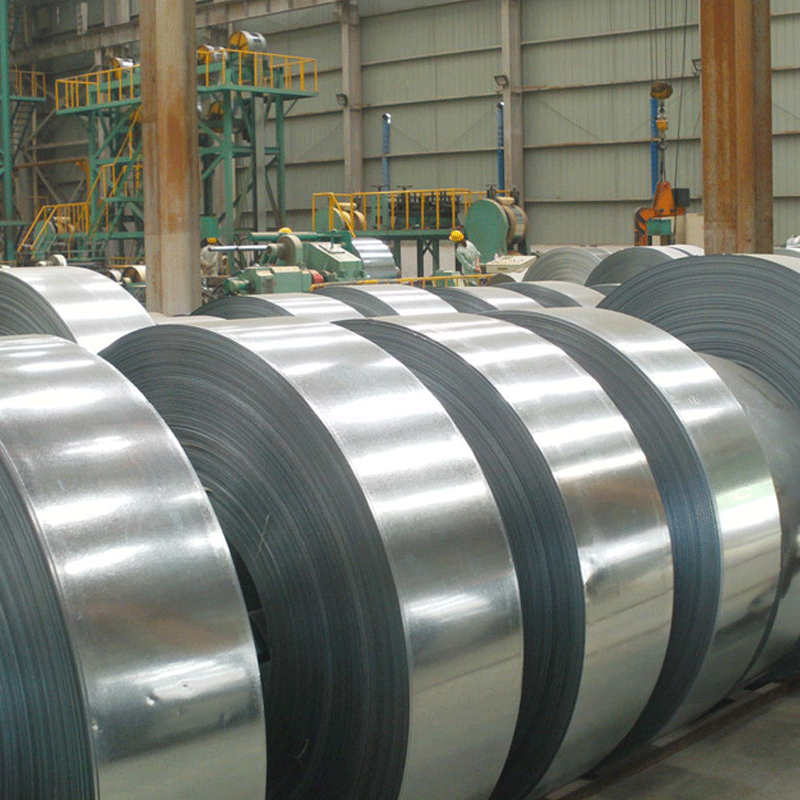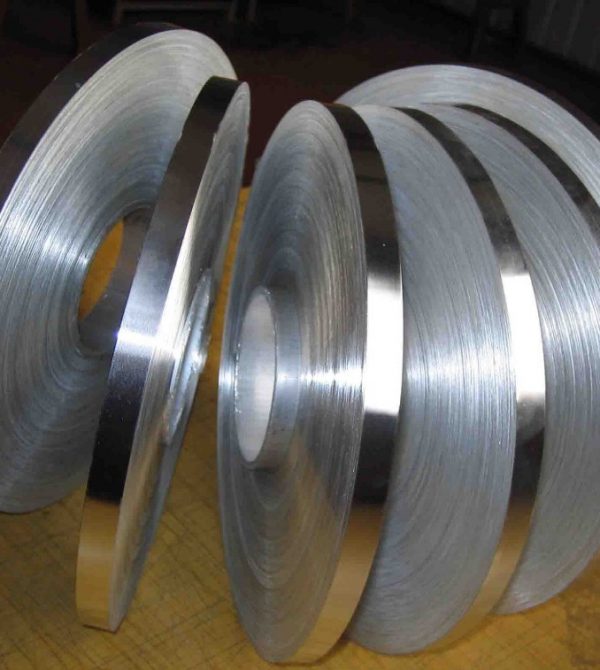What’s Stainless Steel
Stainless steels are notable for their corrosion resistance, which increases with increasing chromium content. Molybdenum additions increase corrosion resistance in reducing acids and against pitting attack in chloride solutions. Thus, there are numerous grades of stainless steel with varying chromium and molybdenum contents to suit the environment the alloy must endure. Thus stainless steels are used where both the strength of steel and corrosion resistance are required.
Stainless steel’s resistance to corrosion and staining, low maintenance, and familiar lustre make it an ideal material for many applications. Stainless steels are rolled into sheets, plates, bars, wire, and tubing to be used in cookware, cutlery, surgical instruments, major appliances and as construction material in large buildings, such as the Chrysler Building. As well as, industrial equipment (for example, in paper mills, chemical plants, water treatment), and storage tanks and tankers for chemicals and food products (for example, chemical tankers and road tankers). Stainless steel’s corrosion resistance, the ease with which it can be steam cleaned and sterilized and no need for other surface coatings has also influenced its use in commercial kitchens and food processing plants.
Stainless steels do not suffer uniform corrosion, like carbon steel, when exposed to wet environments. Unprotected carbon steel rusts readily when exposed to the combination of air and moisture. The resulting iron oxide surface layer (the rust) is porous and fragile. Since iron oxide occupies a larger volume than the original steel this layer expands and tends to flake and fall away exposing the underlying steel to further attack. In comparison, stainless steels contain sufficient chromium to undergo passivation, spontaneously forming a microscopically thin inert surface film of chromium oxide by reaction with the oxygen in air and even the small amount of dissolved oxygen in water. This passive film prevents further corrosion by blocking oxygen diffusion to the steel surface and thus prevents corrosion from spreading into the bulk of the metal. This film is self-repairing if it is scratched or temporarily disturbed by an upset condition in the environment that exceeds the inherent corrosion resistance of that grade.
However, stainless steels may suffer uniform corrosion when exposed to acidic or basic solutions. Whether a stainless steel corrodes depends on the kind and concentration of acid or base, and the solution temperature. Uniform corrosion is typically easy to avoid because of extensive published corrosion data or easy to perform laboratory testing.
Unfortunately, stainless steels are susceptible to localized corrosion under certain conditions, which need to be recognized and avoided. Such localized corrosion is problematic for stainless steels because it is unexpected and more difficult to predict.
Acids
Acidic solutions can be categorized into two general categories, reducing acids such as hydrochloric acid and dilute sulfuric acid, and oxidizing acids such as nitric acid and concentrated sulfuric acid. Increasing chromium and molybdenum contents provide increasing resistance to reducing acids, while increasing chromium and silicon contents provide increasing resistance to oxidizing acids.
Bases
Stainless steels Type 304 and 316 are unaffected by any of the weak bases such as ammonium hydroxide, even in high concentrations and at high temperatures. The same grades of stainless exposed to stronger bases such as sodium hydroxide at high concentrations and high temperatures will likely experience some etching and cracking.
Increasing chromium and nickel contents provide increasing resistance.
Organics
All grades resist damage from aldehydes and amines, though in the latter case grade 316 is preferable to 304; cellulose acetate will damage 304 unless the temperature is kept low. Fats and fatty acids only affect grade 304 at temperatures above 150 °C (302 °F), and grade 316 above 260 °C (500 °F), while 317 is unaffected at all temperatures. Type 316L is required for processing of urea.


